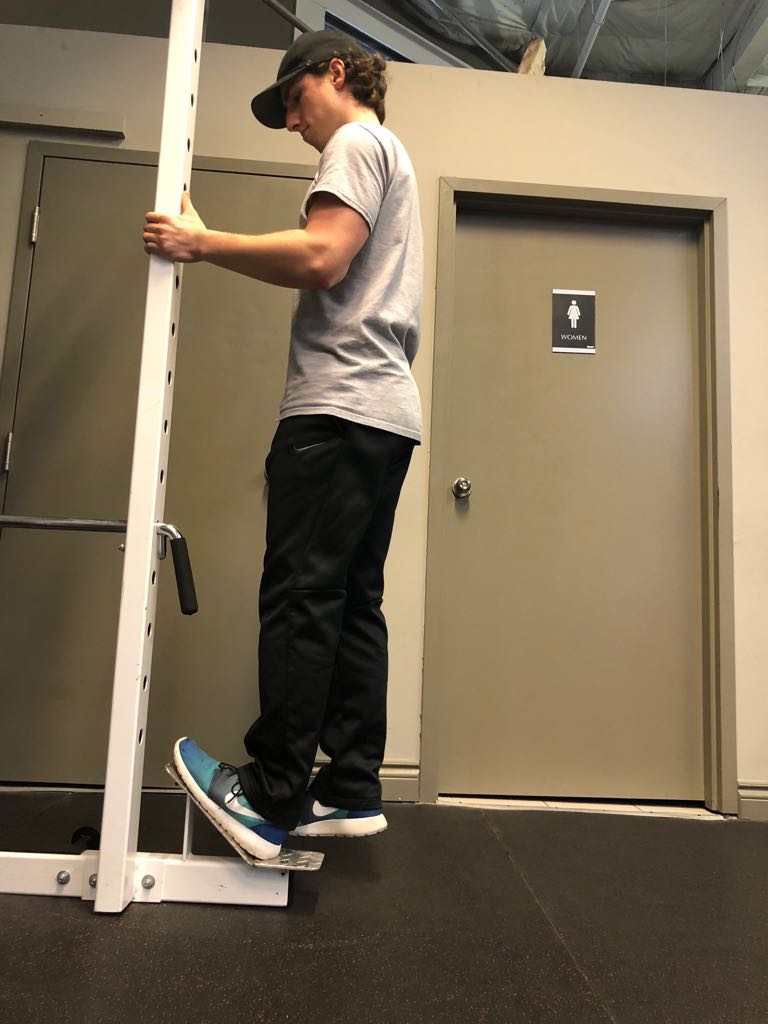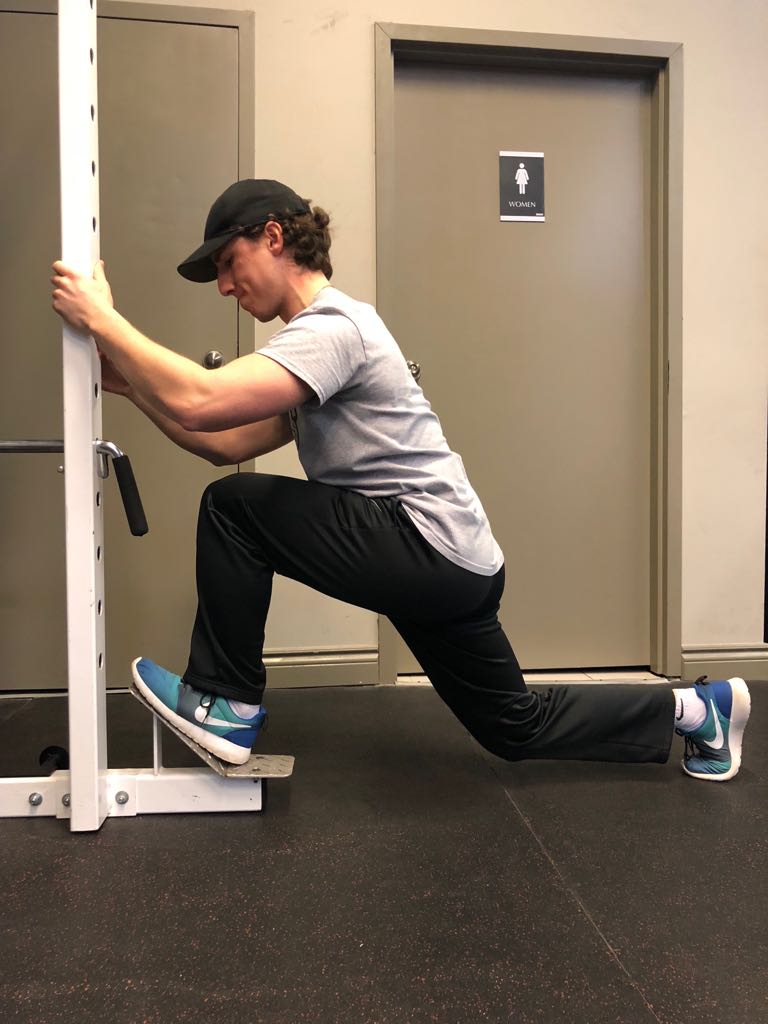Throughout history people have found the most success when it is in social groups. Whether hunting, farming, or working a day-job the social connections we form and nurture are imperative to our health. Studies show that social connections have a larger effect on your health than high blood pressure, obesity, and smoking. In our society today we are already seeing the affects of a world connected through the internet rather than socially face-to-face. Depression, anxiety, and mental health disorders are at an all-time high. Read on to discover how social relationships can provide one of the biggest health boosts in your life.
- Quality of Life
- Prolonged Life
- Mental Health Boost
There are many ways that social relationships can improve the quality of your life but most importantly, social groups provide us the feeling of belonging. They give us an identity and also provide a form of support. Being a part of group of people with similar problems, triumphs, and daily tribulations helps with dealing with your stresses. You can learn from others who have experienced all kinds of situations before and avoid hardships in the future. Another benefit of having more friendly relationships is having more people out there with an already positive view on yourself. The world grows smaller and smaller as technology connects us and the chances a future employer knows one of your friends gets better and better then more friends you have. Having a far reaching social network also helps to expand your professional network in this fashion.
In the world’s “Blue Zones” where people have the longest life on average, there are a few common factors. Closeness to the equator is one, being on the water is another, and finally is social constructs that aim to include seniors. It is very common in western society that elderly are left on their own due to spouses passing or families moving elsewhere. “Blue Zones” have seniors that are active in their communities on a daily basis and it is keeping them alive. With this information in mind, make as many friends as you can and develop relationships that will last into your elderly years as it is proven to prolong your life.
With the feeling of belonging, social relationships also boost self-confidence, happiness, self-efficacy, and reduce stress. The absence of these feelings regularly is what can cause mental disorders such as depression and anxiety which are quickly becoming huge problems in our society. By gaining self-confidence and self-efficacy through building quality relationships we open up new horizons to ourselves and we believe we can do things we couldn’t before. Having the confidence is essential for setting, achieving, and resetting your goals in your life. Having good social relationships are going to go a long way in keeping your mental health in a positive state.
The benefits of fostering healthy relationships are numerous and apply to most parts of our daily lives. It effects our quality of life, our health, and our mental state which are with you in every activity you do. What is also important to remember is that creating these relationships requires trust, understanding, and a willingness to open up and connect. It may require many attempts or very few, but what is important is to never stop trying. You have everything to gain from finding a new friend, so try it today.


